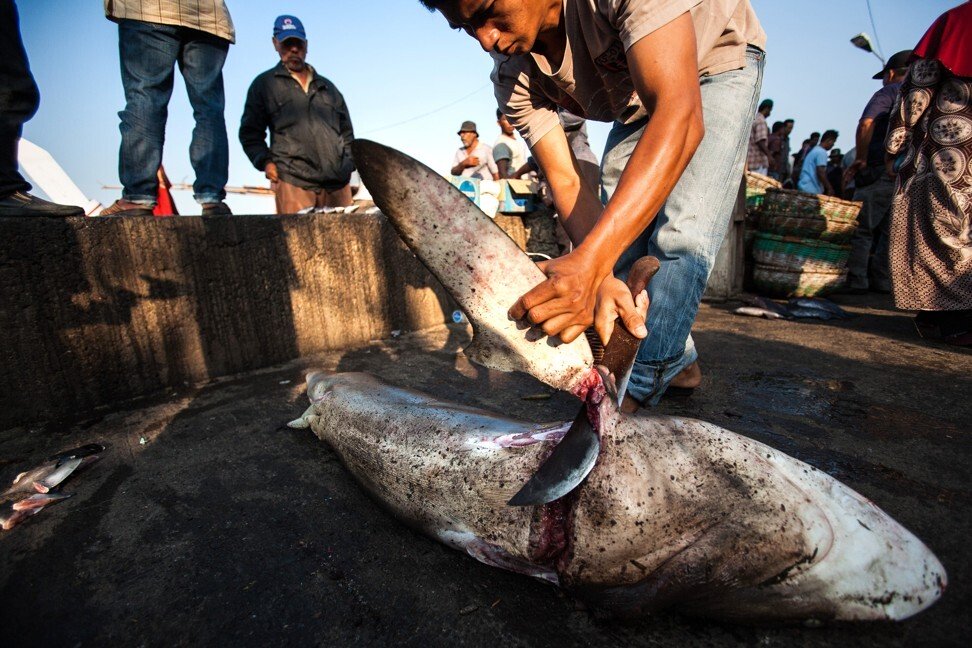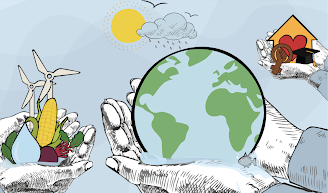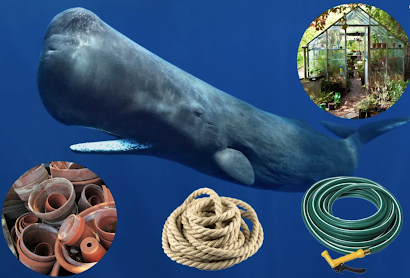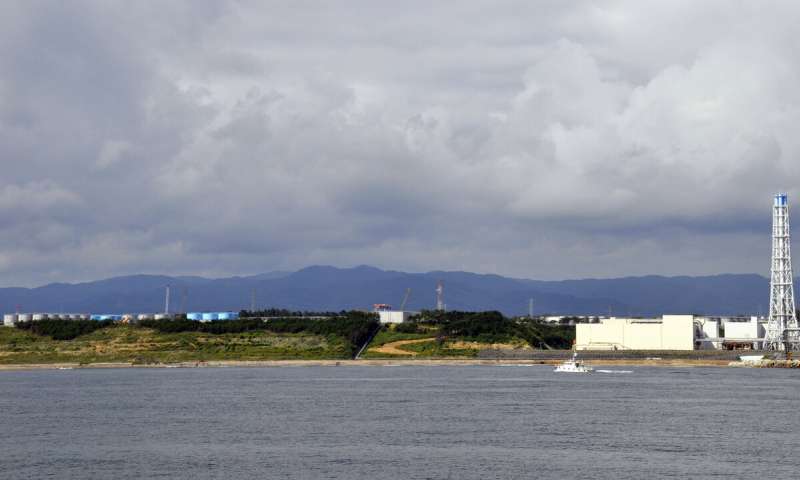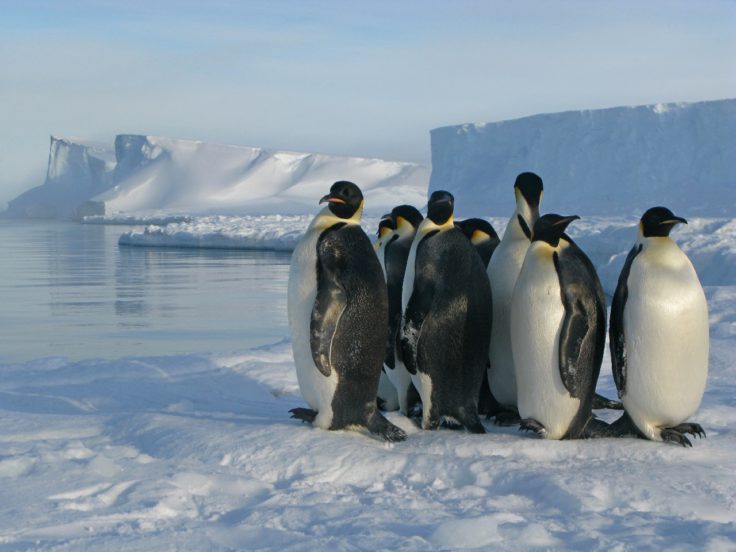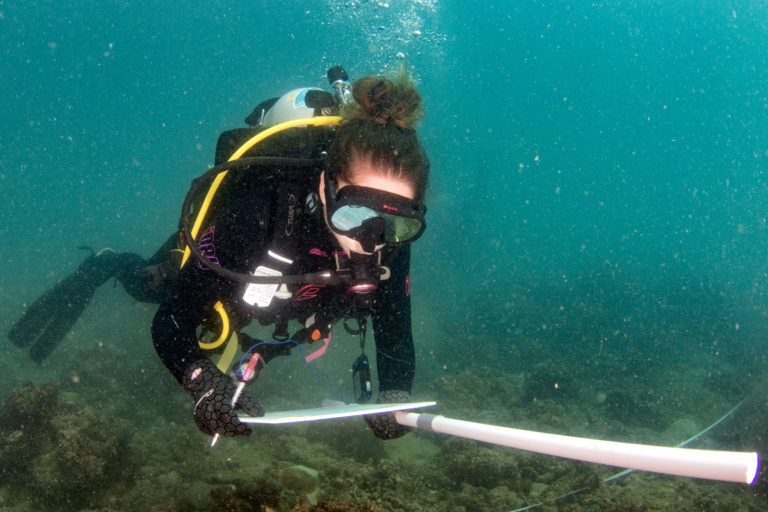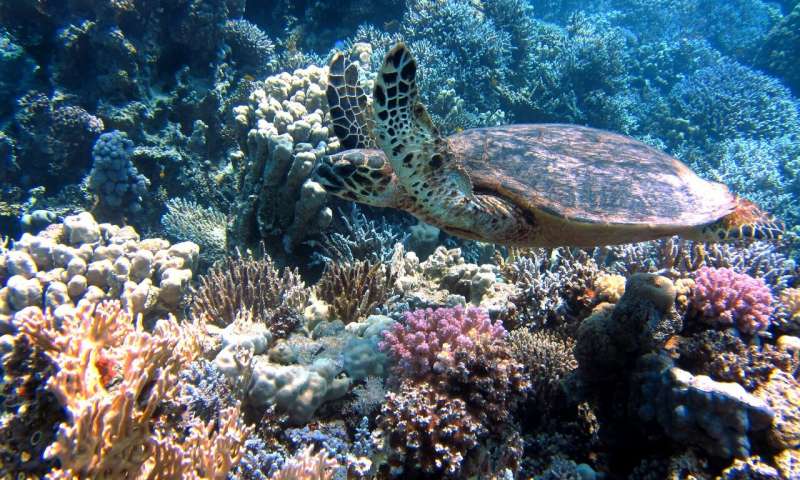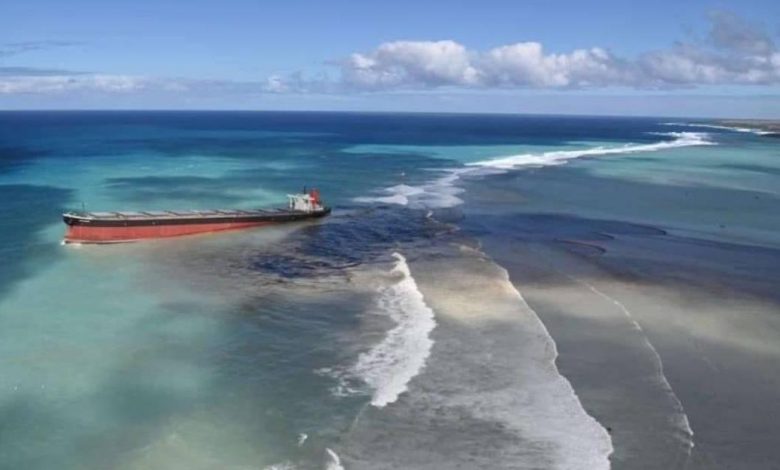800 Chinese ships found fishing in North Korea, Global community far behind United Nations Oceans Goals, Toxic pollutants found in stranded dolphins and whales, Fukushima wastewater dumping, New penguin colonies seen from space, Bulk carrier ship leak oil off Mauritius coast and more…
The latest United Nations analysis of the Sustainable Development Goals (SDGs) shows that countries are failing to protect the world’s ocean and land environments. With 10 years to go until 2030 — the endpoint of the SDGs, after which they’ll be reassessed and updated — most markers of ocean and land integrity are declining amid reckless industrial activity that destroys ecosystems and over-exploits natural resources, according to the Sustainable Development Report 2020, which reviews countries’ performances on the 17 SDGs so far. Overall, not a single country has achieved the 2020 targets for SDG 14: Life Below Water.
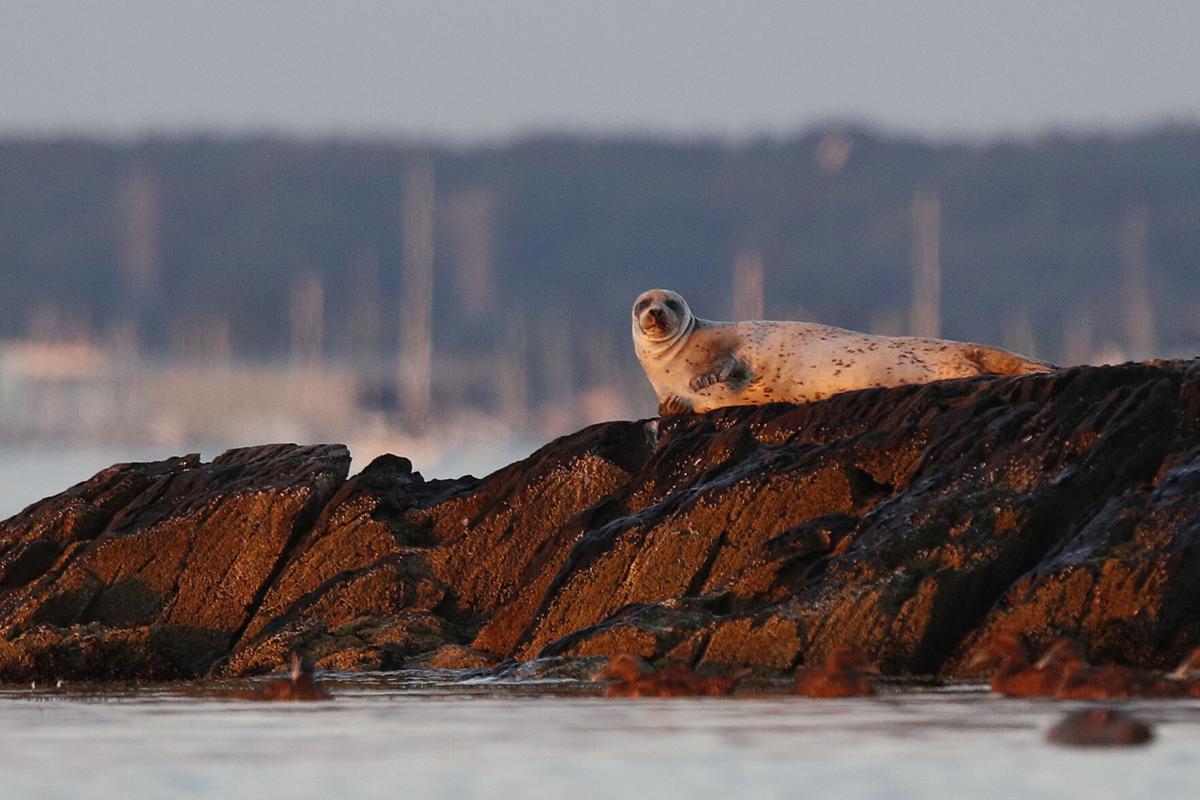
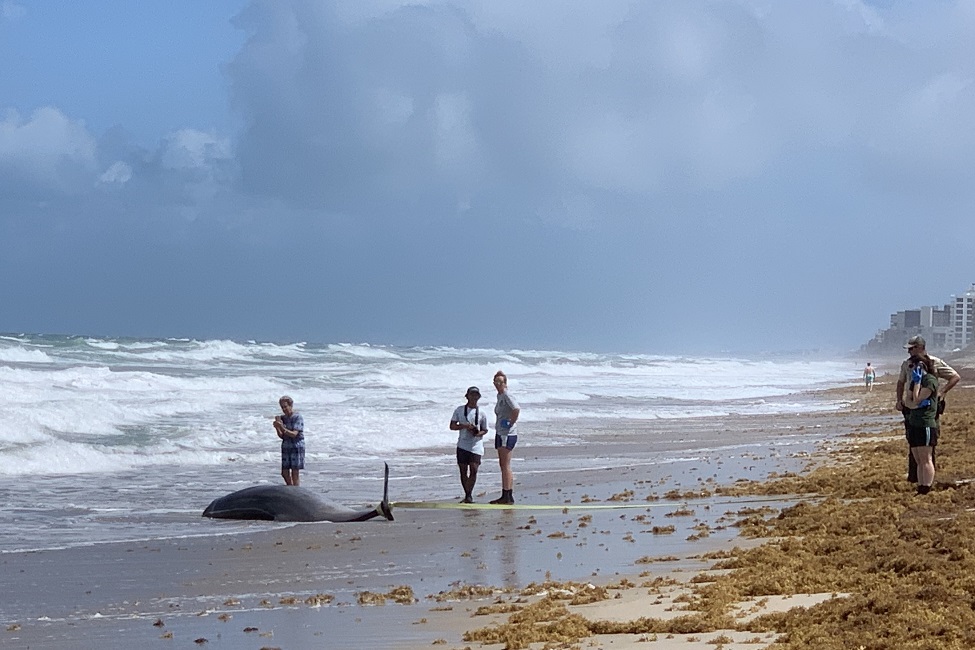 Researchers examined toxins in tissue concentrations and pathology data from 83 stranded dolphins and whales from 2012 to 2018. They looked at 11 different animal species to test for 17 different substances. The study is the first to report on concentrations in blubber tissues of stranded cetaceans of atrazine, DEP, NPE and triclosan. It also is the first to report concentrations of toxicants in a white-beaked dolphin and in Gervais’ beaked whales.
Researchers examined toxins in tissue concentrations and pathology data from 83 stranded dolphins and whales from 2012 to 2018. They looked at 11 different animal species to test for 17 different substances. The study is the first to report on concentrations in blubber tissues of stranded cetaceans of atrazine, DEP, NPE and triclosan. It also is the first to report concentrations of toxicants in a white-beaked dolphin and in Gervais’ beaked whales.6. Mix of contaminants in Fukushima wastewater, risks of ocean dumping
Nearly 10 years after the Tohoku-oki earthquake and tsunami devastated Japan’s Fukushima Dai-ichi Nuclear Power Plant and triggered an unprecedented release radioactivity into the ocean, radiation levels have fallen to safe levels in all but the waters closest to the shuttered power plant. Today, fish and other seafood caught in waters beyond all but a limited region have been found to be well within Japan’s strict limits for radioactive contamination, but a new hazard exists and is growing every day in the number of storage tanks on land surrounding the power plant that hold contaminated wastewater. An article published August 8 in the journal Science takes a look at some of the many radioactive elements contained in the tanks and suggests that more needs to be done to understand the potential risks of releasing wastewater from the tanks into the ocean.
Read more in “Science”, by pasting this URL in your browser: http://bit.do/fukushimafloodgates
A new study using satellite mapping technology reveals there are nearly 20% more emperor penguin colonies in Antarctica than was previously thought. The results provide an important benchmark for monitoring the impact of environmental change on the population of this iconic bird. Emperor penguins need sea ice to breed and are located in areas that are very difficult to study because they are remote and often inaccessible with temperatures as low as ?50°C (?58 degrees Fahrenheit). For the last 10 years, British Antarctic Survey (BAS) scientists have been looking for new colonies by searching for their guano stains on the ice.
Read more in “Miami Herald”, by pasting this URL in your browser: http://bit.do/coralmilestone
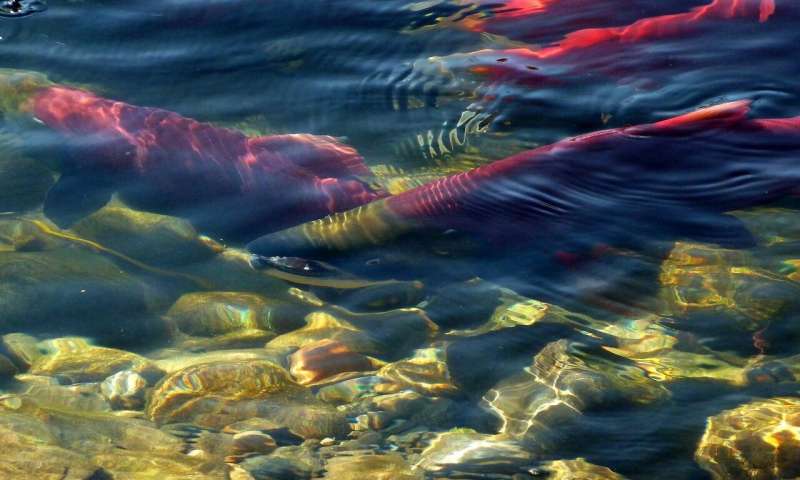
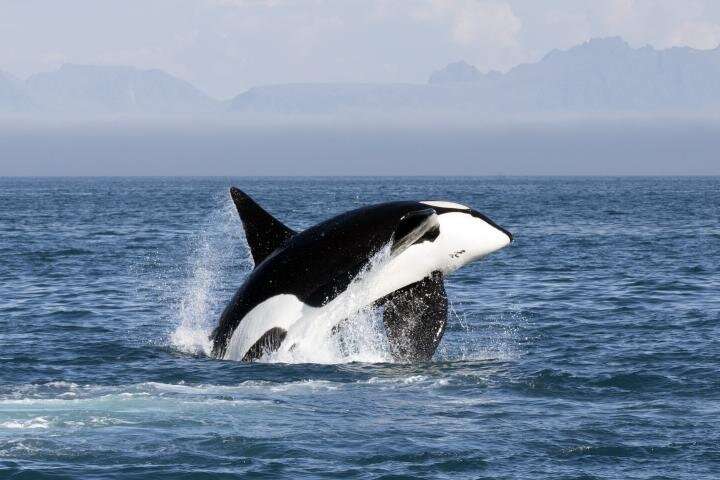
12. Fossil mystery solved: Super-long-necked reptiles lived in the ocean, not on land
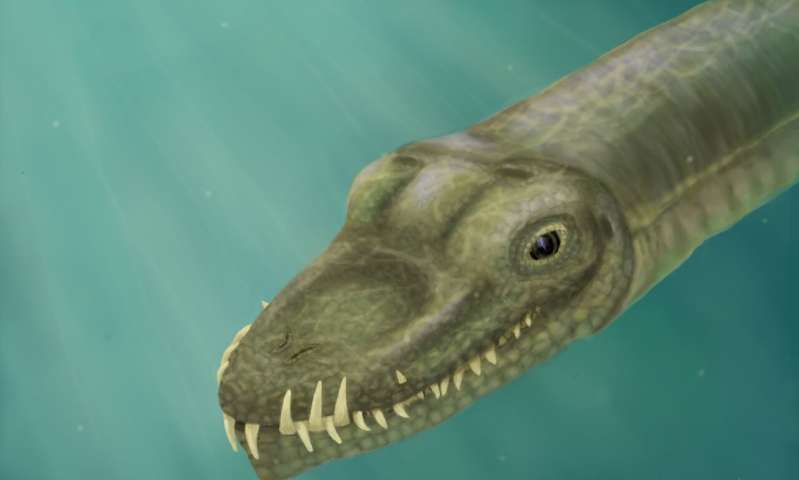 A fossil called Tanystropheus was first described in 1852, and it’s been puzzling scientists ever since. At one point, paleontologists thought it was a flying pterosaur, like a pterodactyl, and that its long, hollow bones were phalanges in the finger that supported the wing. Later on, they figured out that those were elongated neck bones, and that it was a twenty-foot-long reptile with a ten-foot neck: three times as long as its torso. Scientists still weren’t sure if it lived on land or in the water, and they didn’t know if smaller specimens were juveniles or a completely different species — until now. By CT-scanning the fossils’ crushed skulls and digitally reassembling them, researchers found evidence that the animals were water-dwelling, and by examining the growth rings in bones, determined that the big and little Tanystropheus were separate species that could live alongside each other without competing because they hunted different prey.
A fossil called Tanystropheus was first described in 1852, and it’s been puzzling scientists ever since. At one point, paleontologists thought it was a flying pterosaur, like a pterodactyl, and that its long, hollow bones were phalanges in the finger that supported the wing. Later on, they figured out that those were elongated neck bones, and that it was a twenty-foot-long reptile with a ten-foot neck: three times as long as its torso. Scientists still weren’t sure if it lived on land or in the water, and they didn’t know if smaller specimens were juveniles or a completely different species — until now. By CT-scanning the fossils’ crushed skulls and digitally reassembling them, researchers found evidence that the animals were water-dwelling, and by examining the growth rings in bones, determined that the big and little Tanystropheus were separate species that could live alongside each other without competing because they hunted different prey.
Read more in “Splash 247”, by pasting this URL in your browser: http://bit.do/bunkerfuelleak
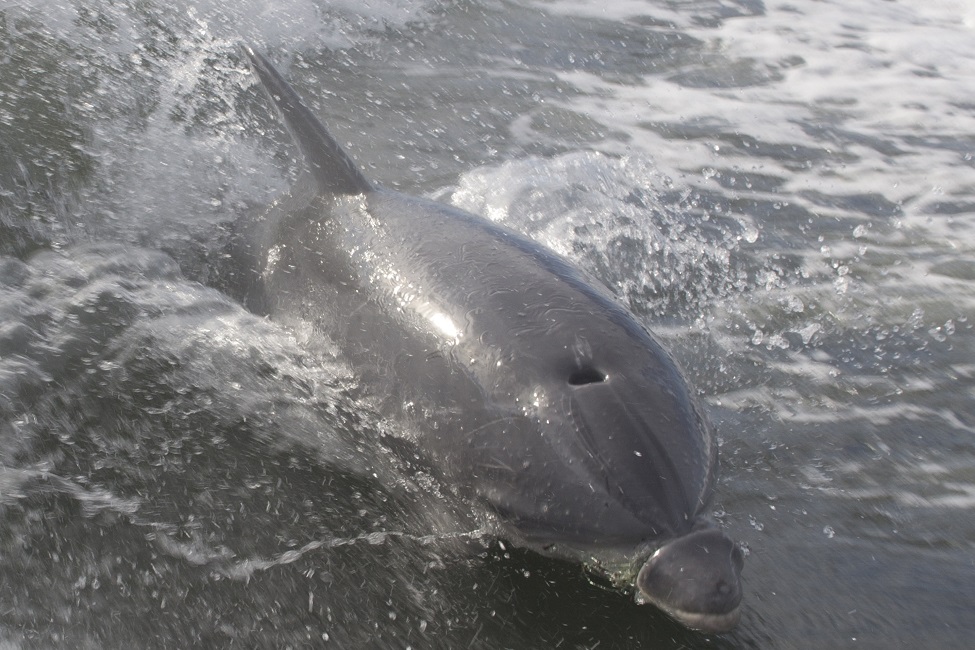 More than 1,000 bottlenose dolphins (Tursiops truncatus) live in the Indian River Lagoon year-round. The estuary system along the central east coast of Florida stretches about 250 kilometers and provides valuable shallow water habitat for this species. The lagoon also is popular for recreational fishing spots, which often coincide with bottlenose dolphin feeding habitats because they target the same species of fish. In fact, it very common to observe interactions between dolphins and recreational fishermen. These interactions include dolphins going after bait or captured fish, illegal feeding of dolphins, and dolphin encounters during release of undersized or non-targeted fish.
More than 1,000 bottlenose dolphins (Tursiops truncatus) live in the Indian River Lagoon year-round. The estuary system along the central east coast of Florida stretches about 250 kilometers and provides valuable shallow water habitat for this species. The lagoon also is popular for recreational fishing spots, which often coincide with bottlenose dolphin feeding habitats because they target the same species of fish. In fact, it very common to observe interactions between dolphins and recreational fishermen. These interactions include dolphins going after bait or captured fish, illegal feeding of dolphins, and dolphin encounters during release of undersized or non-targeted fish.
Read more in “Florida Atlantic University”, by pasting this URL in your browser: http://bit.do/dolphinrescue
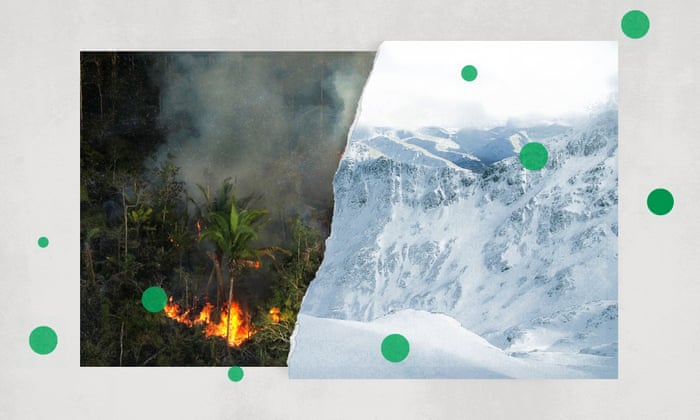
As the climate crisis intensifies, scientists and experts agree that systemic change is critical. But while individual efforts alone aren’t enough to reverse global heating, that doesn’t mean there’s nothing we can do. We asked several climate scientists and advocates about individual actions that can make a difference.
Read more in “The Guardian”, by pasting this URL in your browser: http://bit.do/climatecrisis1
